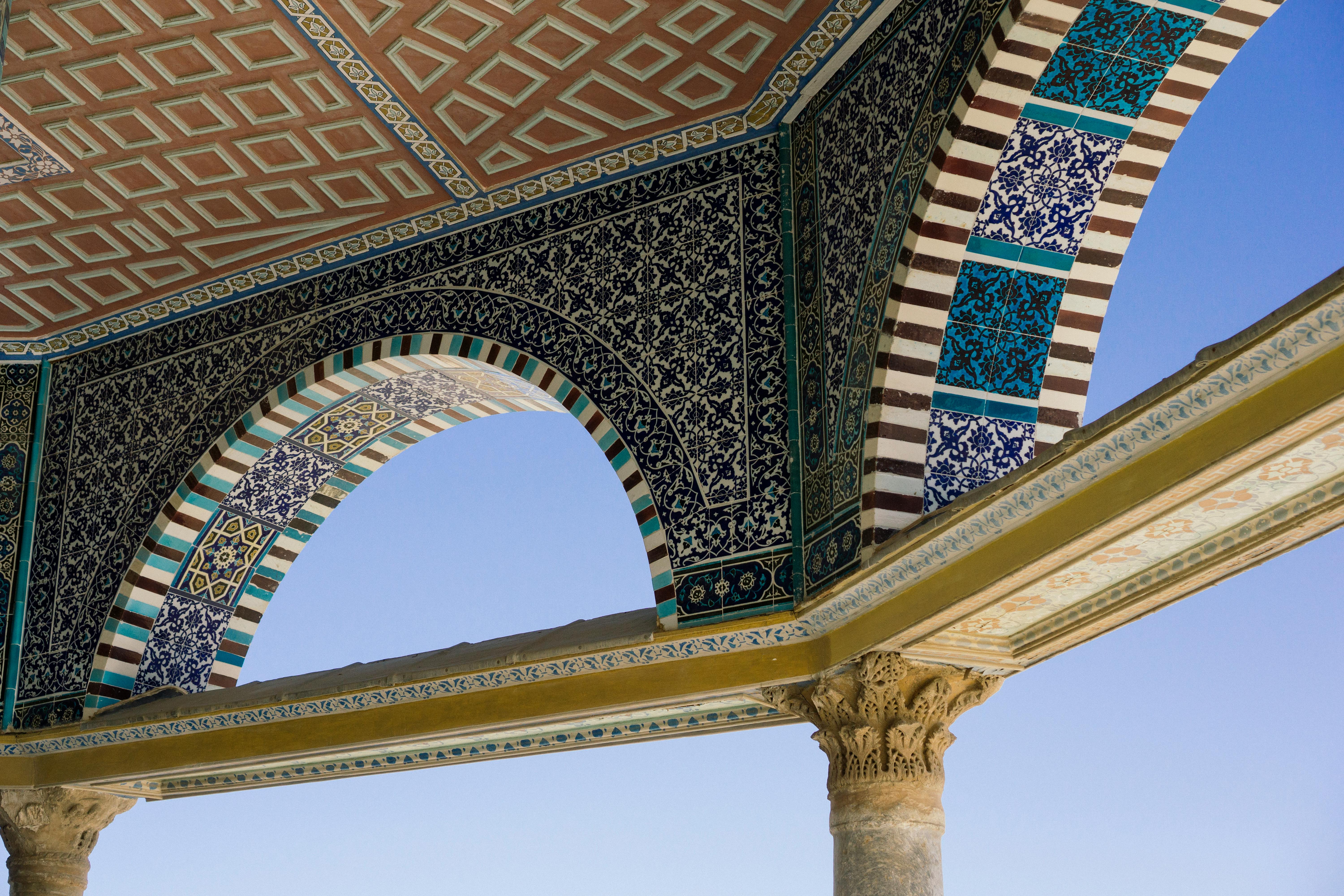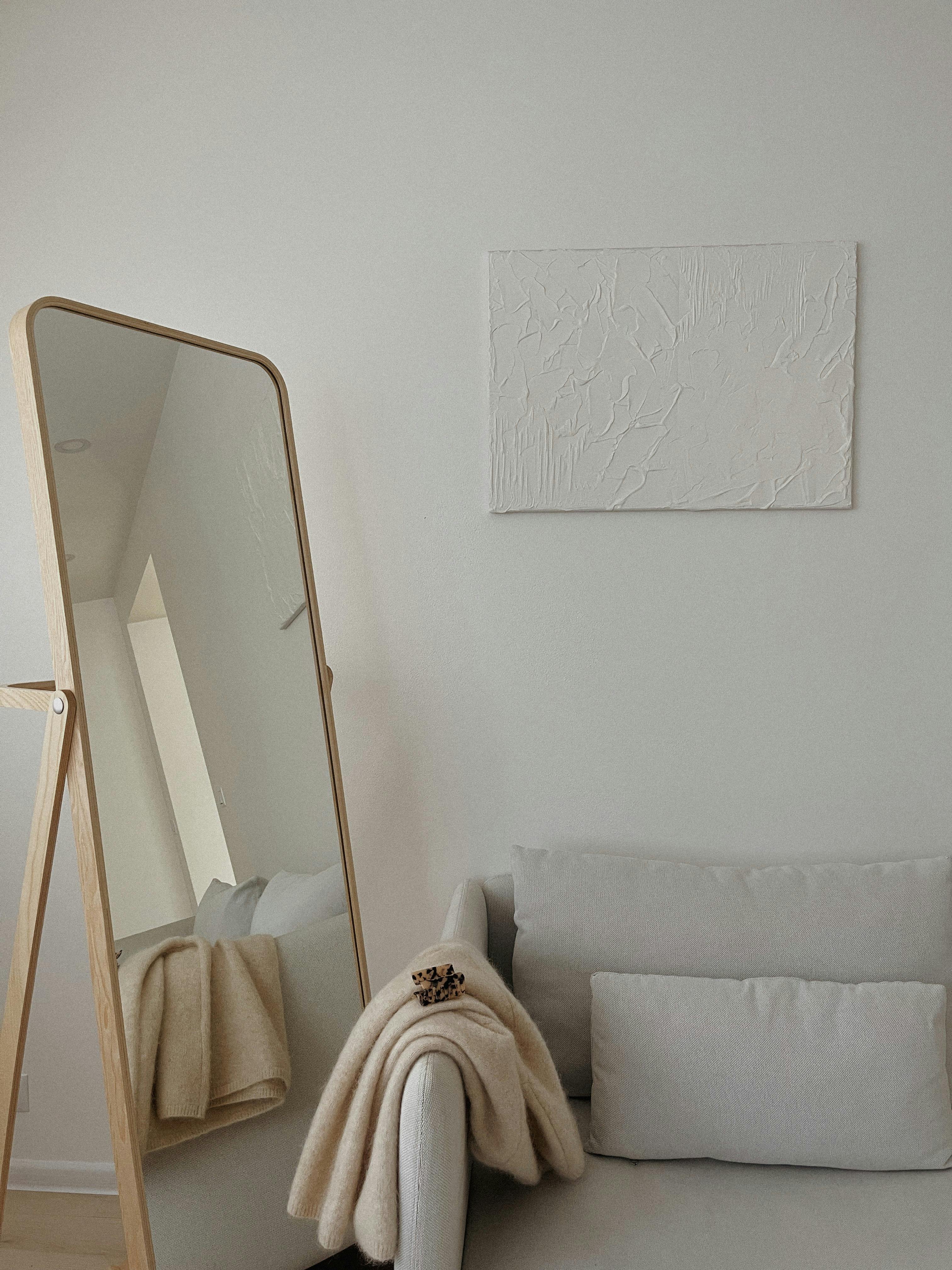The article takes readers on a captivating journey through the extravagant Chiang Rai White Temple, also known as Wat Rong Khun. Situated in Chiang Rai, Thailand, this stunning architectural masterpiece showcases intricate design and rich symbolism. From its gleaming white exterior to the elaborate sculptures and murals within, the temple leaves visitors in awe of its beauty and spiritual significance. Explore the history, artistry, and symbolism behind this breathtaking attraction that has become a symbol of Thai culture and heritage.

History and Background
The Chiang Rai White Temple, also known as Wat Rong Khun, is a popular tourist attraction located in Chiang Rai, Thailand. Its construction was initiated in 1997 by the renowned artist Chalermchai Kositpipat, who wanted to create a unique and modern representation of a Buddhist temple.
Origins of the Chiang Rai White Temple
The idea for the White Temple stemmed from the desire to replace the original Wat Rong Khun, which had fallen into disrepair. Chalermchai Kositpipat undertook the ambitious task of rebuilding the temple using his own funds. This dedication to the temple’s revival showcases his deep-rooted passion for art and Buddhism.
Influence and Inspiration
The Chiang Rai White Temple draws inspiration from various sources, including traditional Thai temples as well as contemporary art and pop culture. Chalermchai Kositpipat’s vision was to create a fusion between traditional and modern elements, resulting in a truly unique architectural masterpiece.
Architectural Features and Design
The design of the Chiang Rai White Temple is characterized by intricate details and elaborate embellishments. Upon entering the temple complex, visitors are greeted by dazzling white structures adorned with mirrored glass, symbolizing purity and the shimmering nature of enlightenment. The main temple building is crowned with a beautiful ornate stupa, which stands as a symbol of enlightenment.
Symbolism and Meaning
Religious Significance
As a Buddhist temple, the Chiang Rai White Temple holds great religious significance. It serves as a place for worship, meditation, and reflection. It is dedicated to the teachings of Lord Buddha and serves as a sanctuary for both locals and tourists seeking spiritual solace.
Buddhist Symbolism
Throughout the temple complex, various Buddhist symbols are prominently displayed, each with its own meaning and significance. The lotus flower, for example, represents purity and enlightenment, while the dharma wheel symbolizes the path to spiritual awakening. These symbols serve to guide visitors on their spiritual journey.
Message of Purity and Enlightenment
The Chiang Rai White Temple’s design and symbolism come together to convey a powerful message of purity and enlightenment. The pristine white color represents purity and serves as a reminder of the importance of leading a virtuous life. The temple’s intricate details and symbolic embellishments encourage visitors to seek enlightenment and strive for inner peace.
Tourist Attractions
Entrance and Main Hall
The entrance to the Chiang Rai White Temple is an awe-inspiring experience in itself. Visitors walk across a bridge over a symbolic representation of hell, symbolizing the journey from darkness to enlightenment. The main hall houses a large Buddha image and is adorned with ornate decorations and intricate murals. It is a place for contemplation and prayer.
Gallery of Contemporary Art
Adjacent to the main hall, the Chiang Rai White Temple features a contemporary art gallery showcasing the works of Chalermchai Kositpipat. This gallery provides visitors with a unique opportunity to appreciate the artist’s talent and creativity.
Golden Building and Temple Museum
Within the temple complex, visitors can also explore the Golden Building and Temple Museum. The Golden Building stands out with its golden facade, offering a stark contrast to the white architecture of the main temple. The Temple Museum provides insight into the history and artistic process behind the creation of the Chiang Rai White Temple.
Mural Paintings
Mythological and Historical Depictions
The Chiang Rai White Temple is renowned for its remarkable mural paintings. These intricate artworks depict various scenes from Buddhist mythology and important moments in history. The murals tell captivating stories that resonate with visitors, serving as a visual representation of Buddhist teachings and historical events.
Contemporary Cultural References
In addition to traditional themes, Chalermchai Kositpipat incorporated contemporary cultural references into the mural paintings. Visitors can spot characters from popular movies, cartoons, and even iconic figures like Michael Jackson. This blend of tradition and pop culture adds an element of surprise and intrigue to the temple’s artistic offerings.
Artistic Techniques and Execution
The mural paintings at the Chiang Rai White Temple showcase exceptional artistic techniques and execution. The level of detail and precision in each brushstroke reflects Chalermchai Kositpipat’s mastery as an artist. The combination of traditional Thai techniques with contemporary artistic elements creates a visually stunning experience for visitors.

Sculptures and Artwork
Guardian Statues
The Chiang Rai White Temple is adorned with guardian statues, which stand at the entrance to protect and guide visitors. These statues, usually depicted as fierce warriors or mythical creatures, symbolize the temple’s protective aura and its role as a sanctuary against negative influences.
Handcrafted Ornamentation
One of the most impressive aspects of the Chiang Rai White Temple is its handcrafted ornamentation. Intricately carved patterns and delicate details adorn every surface of the temple, showcasing the craftsmanship and dedication of the artisans involved in its creation. Visitors are treated to a visual feast of texture, symmetry, and beauty.
Intricate Sculptures and Carvings
The temple complex features a multitude of sculptures and carvings, each contributing to the overall grandeur of the Chiang Rai White Temple. These sculptures depict various Hindu deities, mythical creatures, and legendary figures from Thai folklore. The attention to detail and the exquisite craftsmanship of these sculptures make them truly awe-inspiring.
Festivals and Celebrations
Songkran Festival
The Songkran Festival, also known as the Thai New Year, is an important celebration at the Chiang Rai White Temple. During this festival, locals and tourists come together to participate in traditional rituals and water fights. The temple becomes a vibrant hub of activity and joy as people come to seek blessings for the upcoming year.
Lai Ruea Fai Festival
The Lai Ruea Fai Festival is a unique event that takes place at the Chiang Rai White Temple every year. During this festival, intricately designed model boats decorated with candles are released onto the nearby river, creating a mesmerizing display of flickering lights. This event symbolizes the liberation of suffering and the pursuit of enlightenment.
Visakha Bucha Day
Visakha Bucha Day, also known as Vesak, is a significant Buddhist holiday celebrated at the Chiang Rai White Temple. The day commemorates the birth, enlightenment, and passing of Gautama Buddha. Devotees gather at the temple to participate in processions, prayers, and acts of merit, creating a spiritually charged atmosphere.

Visiting Information
Location and Accessibility
The Chiang Rai White Temple is conveniently located in Chiang Rai, Thailand, making it easily accessible to tourists. It is situated just outside the city center and can be reached by various means of transportation, including taxis, buses, and tuk-tuks.
Entrance Fees and Hours
To visit the Chiang Rai White Temple, visitors are required to pay an entrance fee. The fees may vary depending on nationality, with discounts often available for children, students, and seniors. The temple operates from morning until late evening, allowing visitors ample time to explore its wonders.
Guided Tours and Facilities
Guided tours are available at the Chiang Rai White Temple, providing visitors with in-depth knowledge and insights into its history and art. These tours offer a comprehensive understanding of the temple’s symbolism and cultural significance. Furthermore, the temple complex is equipped with facilities such as restrooms and souvenir shops, ensuring a comfortable and convenient visit.
Photography and Etiquette
Photographing the White Temple
Photographing the Chiang Rai White Temple is allowed; however, visitors are advised to be mindful of their surroundings and follow specific guidelines. Flash photography may be restricted in certain areas to protect the delicate mural paintings. Additionally, visitors should be considerate of other visitors and avoid obstructing pathways while taking pictures.
Respecting Sacred Spaces
The Chiang Rai White Temple is a sacred place of worship and contemplation. Visitors are expected to demonstrate respect and reverence during their visit. Loud conversations, disruptive behavior, and inappropriate clothing should be avoided to maintain a peaceful and reflective atmosphere.
Dress Code and Restrictions
Visitors to the Chiang Rai White Temple are advised to dress appropriately, covering their shoulders and knees as a sign of respect. Modest clothing helps to preserve the sanctity of the temple and ensures that visitors can fully immerse themselves in the spiritual atmosphere. Smoking and the consumption of alcohol are strictly prohibited within the temple grounds.
Additional Attractions in Chiang Rai
Blue Temple
The Blue Temple, formally known as Wat Rong Suea Ten, is another stunning temple located in Chiang Rai. The blue exterior and intricate details of this recently constructed temple make it a must-visit attraction. The serene atmosphere and beautiful artwork within the temple provide a unique and immersive experience for visitors.
Golden Triangle
Located just a short distance from Chiang Rai, the Golden Triangle is a geographical landmark where the borders of Thailand, Laos, and Myanmar converge. This area offers breathtaking panoramic views and is known for its historical significance and association with the opium trade. Visitors can explore museums, viewpoints, and vibrant local markets in this fascinating region.
Doi Tung Royal Villa
Perched on the hills of Doi Tung, the Doi Tung Royal Villa is a former residence of the late Princess Mother of Thailand. This picturesque villa showcases traditional Lanna architecture surrounded by lush gardens and panoramic views. The royal villa has been preserved as a museum, allowing visitors to learn about the fascinating life and projects of the Princess Mother.
Preservation Efforts
Conservation Projects
Preserving the Chiang Rai White Temple’s rich heritage and ensuring its longevity is a top priority. Conservation projects are undertaken regularly to maintain the temple’s structural integrity and protect the intricate artwork. Through ongoing efforts, the temple continues to shine as a cultural gem in Chiang Rai.
Restoration and Maintenance
To uphold the original vision of the Chiang Rai White Temple, restoration and maintenance work are carried out by dedicated teams. This includes periodic repairs to the structures, touch-ups to the mural paintings, and the replacement of any deteriorating elements. These measures enable visitors to experience the temple in its full glory.
Protecting the White Temple’s Legacy
The Chiang Rai White Temple’s legacy is safeguarded through various means, including legal protections and educational initiatives. Laws and regulations are in place to prevent unauthorized alterations or damage to the temple complex. Educational programs and exhibitions are also organized to promote awareness and appreciation for the temple’s historical and cultural significance.
In conclusion, the Chiang Rai White Temple is a captivating masterpiece that seamlessly blends traditional Buddhist elements with contemporary art and design. Its rich symbolism, intricate artwork, and spiritual ambiance make it a must-visit destination for travelers seeking a truly unique cultural experience in Chiang Rai, Thailand.

